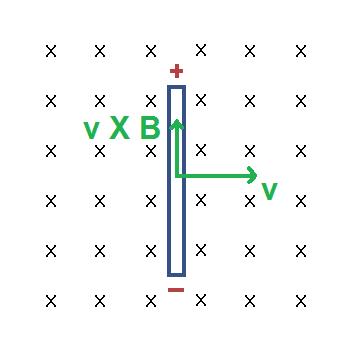anomalousdecay
Premium Member
- Joined
- Jan 26, 2013
- Messages
- 5,757
- Gender
- Male
- HSC
- 2013
re: HSC Physics Marathon Archive
The first paragraph could use a bit of work. The tasks completed by what you stated are completely different in essence. Also, you should refer to them as solid state devices not "drives" lol. Also, can't really say "by providing current" just like that (I mean yeah transistors are effectively current sources) because they have different operation modes. Just refer to transistors being used as switches or amplifiers and that transistors can also be used to make circuits that store data.
Would give your answer 3 or 4/4.
The second paragraph was great!Alright
Solid state drives are transistor based technology which uses the semiconductors as its basis of operation. By providing current, circuits can be switched on and off to store and manipulate large amounts of data.
Thermionic devices uses the property of cathode ray tubes (the ability to for the electron to carry current when heated from the cathode) to accomplish similarly tasks.
Thermionic devices however are large, bulky, fragile and takes time to 'warm up' before usage. Thus, they cost more to maintain, uses much more power and produce large amounts of waste heat. Transistors on the other hand are small, cheap, fast, reliable and produce little heat, making it a far more attractive option for circuits.
The first paragraph could use a bit of work. The tasks completed by what you stated are completely different in essence. Also, you should refer to them as solid state devices not "drives" lol. Also, can't really say "by providing current" just like that (I mean yeah transistors are effectively current sources) because they have different operation modes. Just refer to transistors being used as switches or amplifiers and that transistors can also be used to make circuits that store data.
Would give your answer 3 or 4/4.




